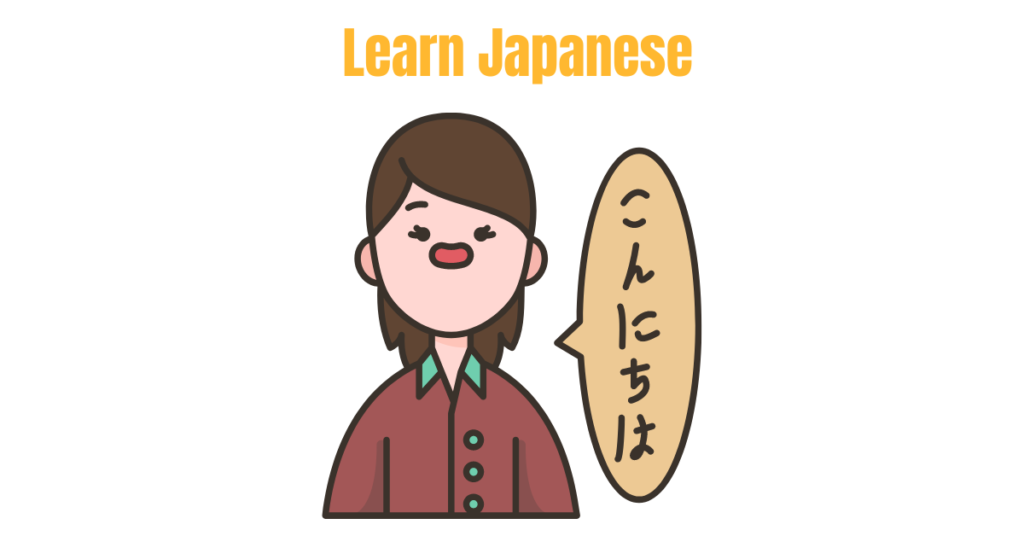The Tsuboya Pottery District is old. It has been a famous pottery district since the Ryukyu Kingdom period and still is. This street is filled with small, traditional pottery shops and workshops, where you can create your own things. They will then prepare it and send it to you. This is also a good place to find Shiisaa, a lion figure placed around houses to protect them from bad spirits. They usually come in pairs, one facing left and one facing right. There is also a pottery museum where you can learn about the techniques and the history of Tsuboya.
Okinawan pottery dates back to the era of the Ryukyu Kingdom before Okinawa was incorporated into Japan. The pottery is made of indigenous clay and was initially crafted all across the kingdom until all pottery manufacturing was moved to Naha as part of the centralization of the country’s industry in the 17th century. Since then, Tsuboya has remained the heart of Okinawa’s pottery industry, being today home to a variety of shops selling wares as well as many of the workshops that produce them.
Tsuboya Odori Pottery Street is a stone-paved road that winds approximately 300 meters through the neighborhood and constitutes its epicenter. The street is lined by a multitude of shops purveying many different types of wares from crockery and cutlery to vases and even urns. The different stores sell varying interpretations of the old Okinawan craft, with some focusing on traditionally styled items while others specialize in decidedly modern wares. The street is picturesque and makes for a pleasant place to stroll even for those not looking to shop.

The Tsuboya Pottery Museum stands at the western end of Tsuboya Odori Pottery Street and displays a collection of Tsuboya pottery from different eras, illustrating the history and techniques involved in the craft. In addition to its impressive display of wares across the centuries, the museum also houses a reproduction of a traditional Okinawan house, where it is shown how Tsuboya pottery was utilized in a typical household.
Naha’s Tsuboya District is the center of Okinawan pottery, and has been for many years. Even though WWII took its toll on Tsuboya’s craftsmen, they bounced back from the ravages of war and it is alive and thriving. Dozens of workshops are still operating after being passed down through generations. Two forms of pottery are produced here; Arayachi, which is unglazed pottery, and Joyachi, which is glazed pottery.

Arayachi was typically used for large storage vessels for awamori, water, or bean paste. Some smaller items were created for measuring devices. Joyachi is more colorful, and usually made into vases, teapots, bowls, plates, and flasks for carrying awamori.

This entire district flourished many years ago because of the Ryukyuan Empire’s increased trading with China and Southeast Asia. Then after WWII there was a shortage of necessary items for everyday life, so Tsuboya District produced many needed items.



As you travel along the main road, notice the street is made with limestone cobblestones. It’s a one-way street that you will find many people walking along. Several shops are on the main road, but the treasures we found were on the side roads that branch off of the main alley. At the museum, you are given a map that shows where to find ancient wells, pagodas, and kilns. Some of the areas were under renovation when we were there, but they posted many pictures along the fences so you could see what they were restoring. Also on the side streets were hidden cafes and workshops. Walking along the street is a treat in and of itself—you feel as though you’ve been transported to a beautiful village instead of being in the middle of a large city!
YouTube video: Tsuboya Pottery District
Latest posts





Recent comments